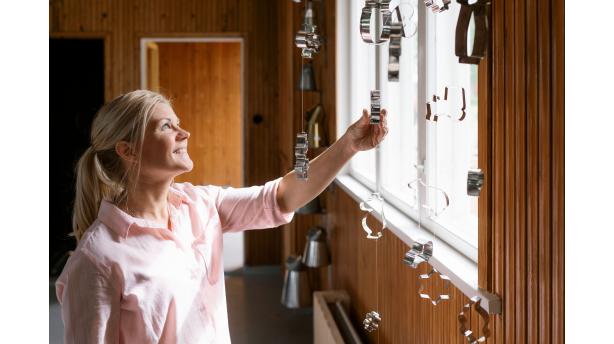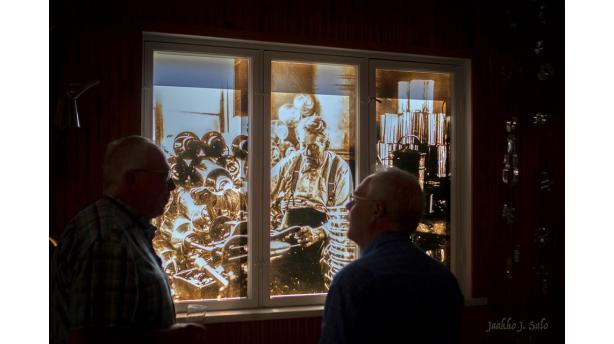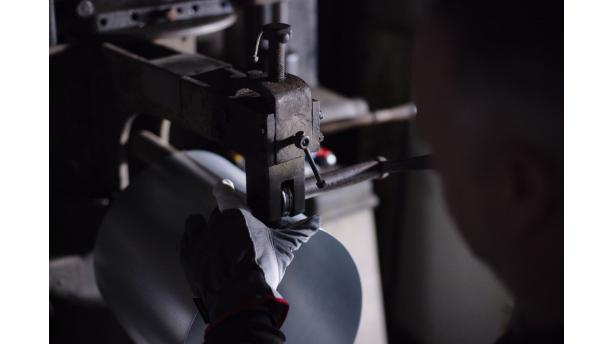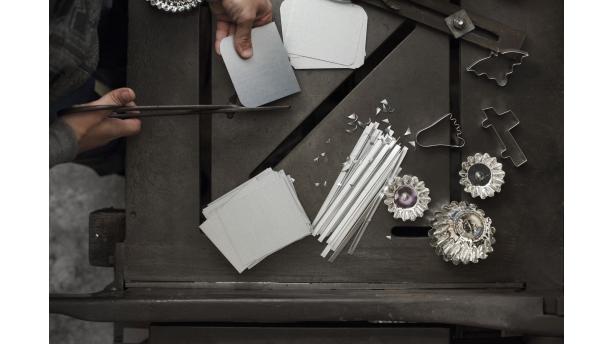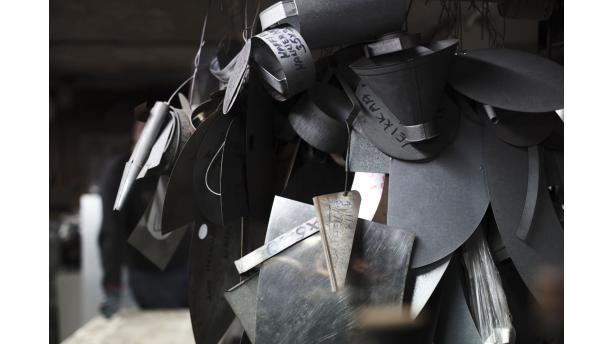Museum A-Ö » Technology and industry » Fyrry - The Tinsmith Museum
Fyrry - The Tinsmith Museum





Visit the Tinsmith Museum Fyrry and experience the old craftsmanship tradition in the cultural area of Vähäkyrö’s Kirkonmäki (church hill). Enjoy an authentic atmosphere in a museum created with care. The museum was designed by Partanen & Lamusuo Oy, whose previous projects have received awards, including the title of Museum of the Year. Under their direction, the 30-year-old museum, originally located in Tervajoki and moved to the center of Vähäkyrö, has been brought into the 2020s. The renewed museum celebrates the unique tinsmith culture in an experiential way.
The tinsmith tradition in Vähäkyrö goes far back in history and is widely known throughout Ostrobothnia. At the museum, old craft traditions come to life. Visitors can see how tin items are made and what tools are used. If you're lucky, you might even witness a real tinsmith at work.
The sheet metal (called “pläkki” in Finnish) was imported. During and after World War II, there was a shortage, so tinsmiths made use of materials such as tin roofs from outbuildings and metal parts from discarded gas masks.
Tinsmithing skills were typically passed down from father to son over generations. A signature product of Vähäkyrö is the “fyrry,” a toy with a spinning wheel that turns when blown through a pipe. It comes in five different sizes. Among the museum’s nearly 200 items are traditional tin products like mugs, lanterns, flasks, and pitchers, as well as new decorative and utility items, such as custom-made cookie cutters.
The museum houses over a hundred-year-old tools and machines used for working metal. Shaping round mugs and vessels requires, for example, a unique tin-bending machine. Live work demonstrations are available upon request.
(Photos: Jaakko J. Salo, Suvi Aho, and Helena Alanen)
